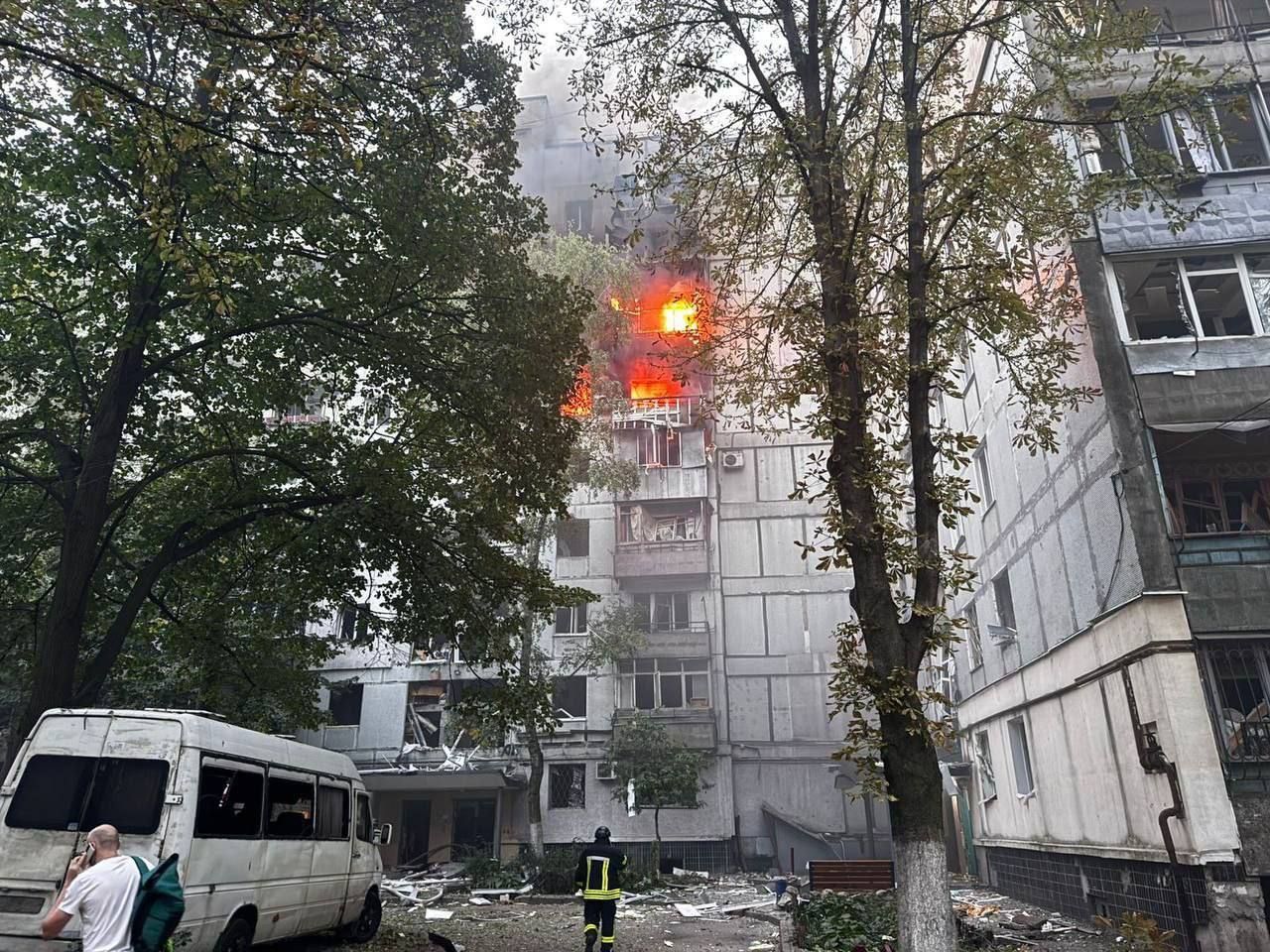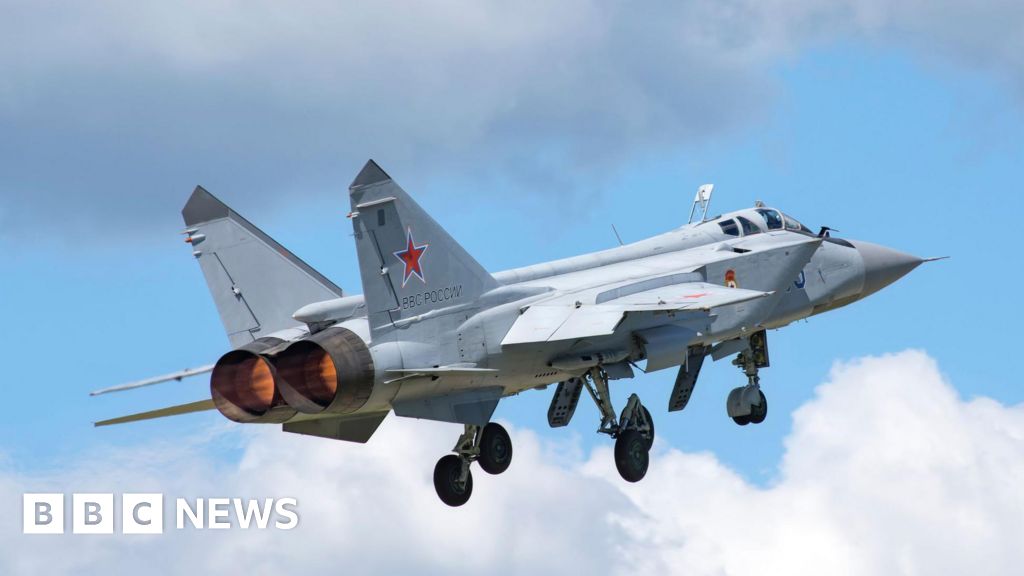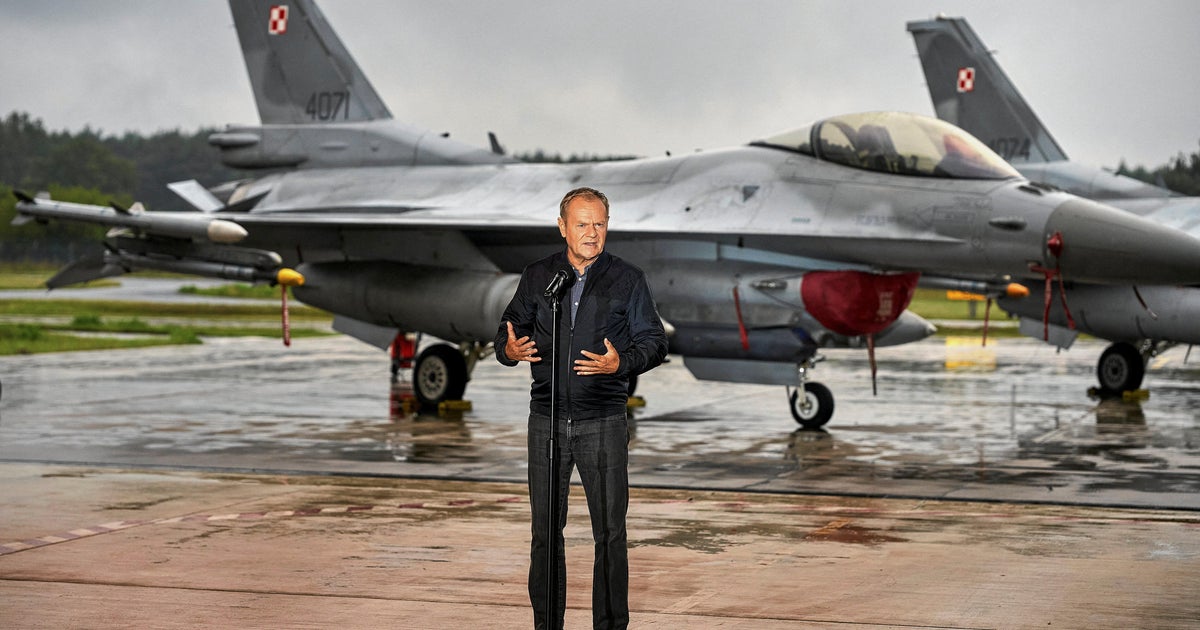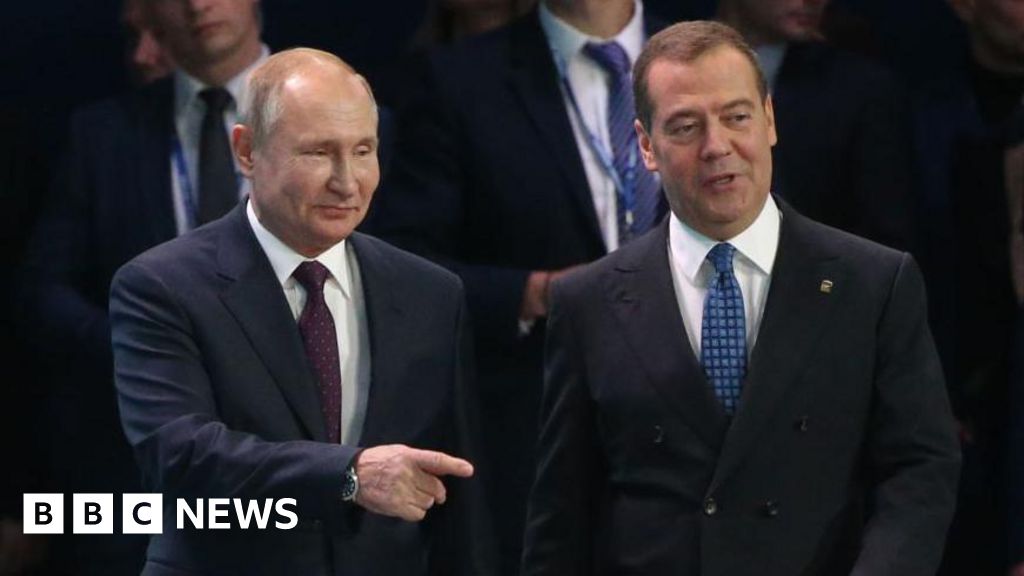Russian Jets Violate Estonian Airspace Again
Introduction
A recent incident involving Russian jets over Estonia has once again raised tensions in the region. According to a senior Estonian military official, Russian pilots ignored signals from Italian jets during a 12-minute violation of Estonian airspace. This violation occurred near an Estonian island in the Baltic Sea, and has been denied by Russia's Defense Ministry.
Key Details
This is not the first time that Russian jets have entered Estonian airspace without permission. In 2014, a Russian military plane violated Estonian airspace, resulting in a diplomatic protest from Estonia. The recent incident has once again highlighted the ongoing tension between Russia and its neighboring countries, particularly in the Baltic region. It also serves as a reminder of the importance of clear communication and adherence to international protocols in order to avoid potential conflicts.
Impact
The actions of Russian pilots in this incident have been seen as a deliberate provocation and a violation of international norms. This has only added to the already strained relationship between Russia and its neighboring countries. The incident also raises concerns about the safety of civilian flights in the region, as well as the potential for a larger military conflict. It is imperative for all parties involved to maintain open communication and adhere to international laws in order to prevent further escalations.
About the Organizations Mentioned
Russian Defense Ministry
The **Russian Defense Ministry (Ministry of Defence of the Russian Federation)** is the central government body responsible for overseeing the Russian Armed Forces. It administers military policy, operational command, and coordination of all branches of Russia's military under the direction of the President, who serves as Commander-in-Chief. The Ministry manages day-to-day defense activities through the Minister of Defence and the General Staff, which implements presidential and ministerial directives[2]. Founded during the Soviet era and evolving through post-Soviet reforms, the Ministry has a long history of adapting to Russia’s strategic and geopolitical needs. Headquartered in Moscow’s General Staff building, it operates through multiple departments, including the recently created Department for Efficiency Improvement, which spearheads modernization efforts[2][1]. In recent years, the Ministry has focused on significant bureaucratic and technological reforms to improve efficiency. Since May 2025, it launched its largest internal overhaul in over a decade, digitizing administrative and logistical processes to reduce paperwork and speed up services, such as instant issuance of military family benefit certificates through automated registries. This streamlining frees military commanders to focus on operational tasks rather than clerical work[1]. Strategically, the Ministry aligns closely with Kremlin directives emphasizing confrontation with NATO and Western powers. It promotes modernization of ground forces towards agile units supported by drones, precision artillery, and electronic warfare, reflecting lessons from ongoing conflicts like the Ukraine war. However, systemic challenges—including industrial capacity limits and bureaucratic inefficiencies—continue to constrain full military modernization[3][4]. Operationally, the Ministry has overseen complex military campaigns, including defense and offensive operations in Ukraine, adapting force generation and reserve deployment to sustain prolonged combat. It also coordinates protection of critical infrastructure amid ongoing conflicts, illustrating its dual role in strategic military planning and national defense management[5][6]. In summary, the Russian Defense Ministry stands as a pivotal institution balancing legacy military structures with pressing demands for technological modernization, digital transformation, and strategi








